Up To $2,500 OFF at checkout - Ends Dec 12
Free 30-day Returns | Lifetime Warranty
No two diamonds are identical. Each has distinct characteristics. To make an informed choice, focus on the 4 Cs: cut, color, clarity, and carat weight. These factors define a diamond’s brilliance, rarity, and value. Keep reading to explore how they shape a diamond’s appearance, price, and selection process.
1. What Is a Diamond?
Over a billion years ago, carbon atoms bonded under intense heat and pressure deep within the Earth, forming diamonds—the hardest natural mineral.

Raw diamond
These gems remained hidden until volcanic eruptions propelled them to the surface. The first recorded diamonds were found in India in the 4th century BC. Today, diamonds remain one of the most sought-after symbols of beauty and luxury.
2. Types of Diamonds
2.1. Natural Diamonds
Diamonds exist in two forms: natural and lab-grown. Both share identical physical, chemical, and optical properties.
2.2. Lab-Grown Diamonds
Lab-created diamonds originate from a diamond seed and undergo a high-pressure, high-temperature (HPHT) or chemical vapor deposition (CVD) process, replicating natural formation.

A 3.33-carat oval lab diamond (top) and a 3.5-carat oval natural diamond (bottom)
The only major difference? Cost. Lab-grown diamonds are more abundant and generally more affordable than mined diamonds.
3. Diamond Characteristics
3.1. Hardness
Diamonds rank 10 on the Mohs scale, making them the hardest natural substance. Only another diamond can scratch them, ensuring durability for everyday wear—especially in engagement rings.
3.2. Fluorescence
Some diamonds emit a blue or yellow glow under ultraviolet (UV) light, known as fluorescence. This phenomenon is typically invisible in normal lighting and does not impact durability.

Diamonds under UV light
3.3. Density
Diamonds have a high density of 3.50–3.53 g/cm³. When placed in water, they sink. In contrast, imitations like glass or quartz may float or suspend midway.
Understanding these qualities ensures a well-informed diamond purchase, helping you select a gem that balances beauty, quality, and value.
4. The 4 Cs of Diamonds
Diamond quality is determined by four key factors: carat weight, cut, color, and clarity. Introduced by the Gemological Institute of America (GIA) in the 1940s, the 4 Cs grading system serves as the universal standard for evaluating diamonds.
4.1. Cut
The cut is the most important factor, influencing a diamond’s brilliance, fire, and scintillation by determining how well it reflects light. A well-cut diamond maximizes sparkle, while a poorly cut stone appears dull.
Diamond Cut Chart
A diamond’s cut measures its anatomy and ability to reflect light. Cut grades go from “Excellent” to “Poor”. Well-cut diamonds have outstanding proportions with immense fire, brilliance, and scintillation.

Diamonds are crafted using three primary cutting styles:
- Brilliant Cut: Features triangular and kite-shaped facets, maximizing light reflection and brilliance.
- Step Cut: Composed of parallel, trapezoidal facets, creating a “hall of mirrors” effect. The emerald cut is the most well-known example.
- Mixed Cut: A combination of brilliant and step-cut facets, offering both brilliance and unique styling.
Understanding these qualities ensures a well-informed diamond purchase, helping you select a gem that balances beauty, quality, and value.
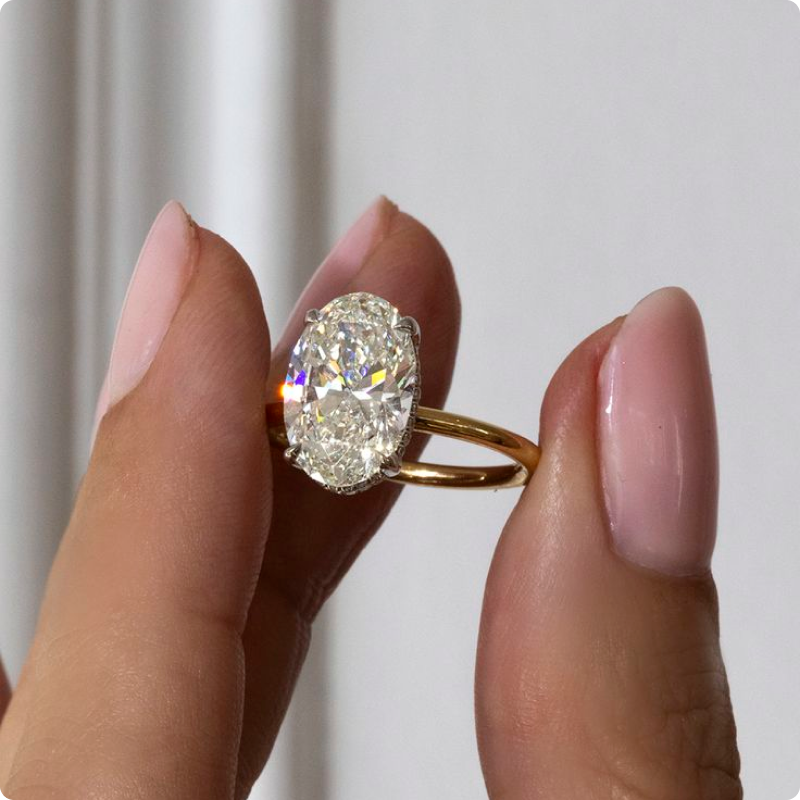
Oval brilliant cut
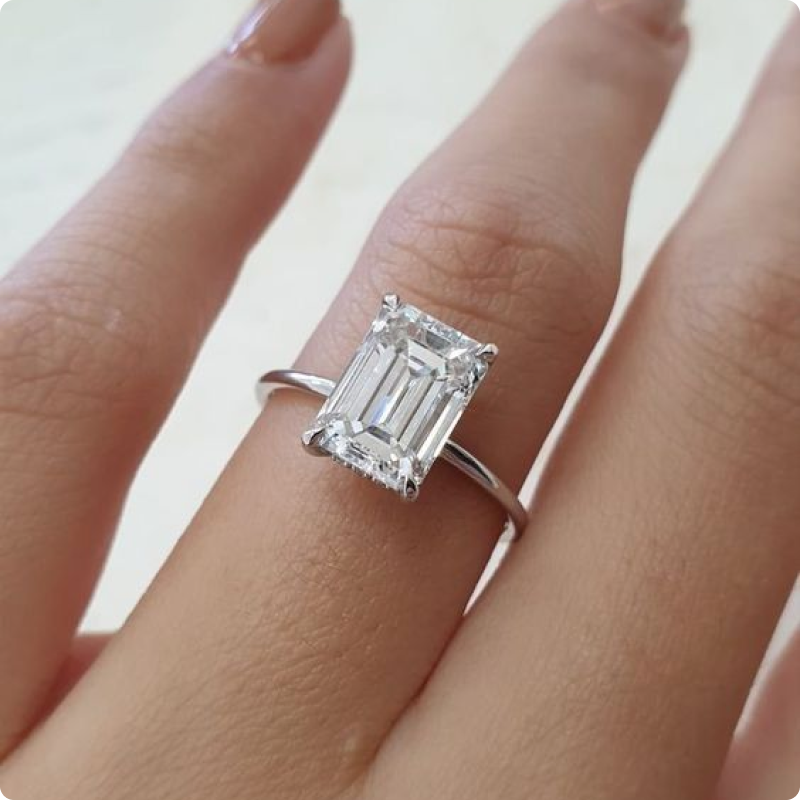
Emerald step cut
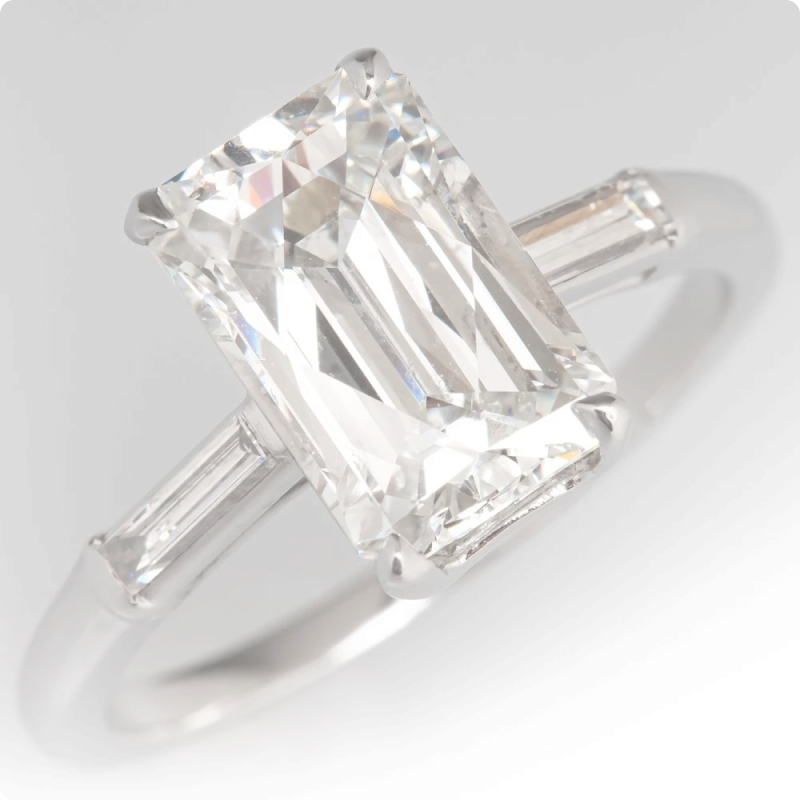
Mixed cut
4.2. Color
A diamond’s color grade measures how much yellow or brown tint is present. The GIA color scale ranges from D (colorless) to Z (light yellow/brown). The closer to D, the rarer and more valuable the diamond.
Diamond Color Chart
Color refers to the natural tint of a diamond. The closer the diamond is to “colorless” the rarer it is. The industry standard to grading color in a diamond is to assign a letter grade from D (colorless) to J (nearly colorless)

Excessive fluorescence can cause a hazy or milky effect under natural light. KNT Jewelry ensures that all diamonds meet strict color and fluorescence standards for maximum brilliance.
4.3. Clarity
Clarity refers to the presence of internal inclusions and external blemishes. It is graded from FL (flawless) to I3 (heavily included):
Diamond Clarity Chart
Most diamonds have imperfections in the form of internal flaws and surface blemishes. These imperfections are graded on a scale of FL (flawless) to I1-I3 (included). FL diamonds are the rarest and hardest to find.

- FL (Flawless): No inclusions or blemishes visible under 10x magnification.
- IF (Internally Flawless): No visible inclusions, only minor surface blemishes.
- VVS1 & VVS2: Minute inclusions, extremely difficult to detect.
- VS1 & VS2: Small inclusions, slightly visible under magnification.
- SI1 & SI2: Noticeable inclusions visible under 10x magnification.
- I1, I2, I3: Obvious inclusions, which can affect transparency and brilliance.
KNT Jewelry does not carry I-grade diamonds as their imperfections are visible to the naked eye, impacting beauty and value.
4.4. Carat Weight
A carat measures a diamond’s weight, not its size. One carat equals 0.2 grams (about the weight of a paperclip). A well-cut diamond can appear larger than another of the same weight due to superior light performance.
Diamond Carat Chart
The size of a diamond is proportional to its carat weight. When rough diamonds are cut and polished into finished diamonds, up to 2/3 of the total carat weight may be lost. Since larger rough gems of high quality are found less frequently than smaller rough gems of high quality.

The carat system dates back to ancient gem traders who used carob seeds as counterweights. In 1913, the modern metric carat (200 milligrams) was standardized, ensuring consistent global measurements.
Understanding the 4 Cs helps you choose a diamond that balances beauty, quality, and budget. Make an informed decision, and enjoy a diamond that shines for a lifetime.
5. Diamond Certification
A certified diamond has been evaluated by a reputable gemological laboratory, ensuring an accurate assessment of its quality and authenticity. Certification provides a detailed analysis of the 4 Cs—Cut, Color, Clarity, and Carat weight—along with any unique characteristics, giving buyers confidence in their purchase.

Diamonds GIA certificate
Leading gemological institutions, such as the Gemological Institute of America (GIA), American Gem Society (AGS), International Gemological Institute (IGI), European Gemological Laboratory (EGL), Gemological Science International (GSI), and Hoge Raad voor Diamant (HRD), provide unbiased, third-party certifications that verify a diamond’s attributes.
6. How the 4 Cs Work Together
Each of the 4 Cs plays a vital role in defining a diamond’s overall beauty. However, diamonds should be evaluated holistically, as the human eye perceives their brilliance and fire as a combination of these characteristics rather than isolating individual traits like clarity or color.

The 4 Cs interact to influence a diamond’s visual appeal. For instance, even an ideal-cut diamond may appear less brilliant if it has a lower color grade, such as L or M.
Conversely, a well-cut diamond can appear larger than another of the same carat weight due to superior light reflection. By understanding this interplay, you can prioritize the factors that align with your preferences while selecting a visually stunning diamond.
Our loose diamonds are graded by industry-respected organizations, including GIA, AGSL, IGI, and GemEx, which adhere to stringent grading standards to ensure consistency and accuracy.
7. How to Buy a Diamond
Choosing a diamond, especially for an engagement ring, requires careful consideration. While diamonds remain the most popular choice, alternative gemstones offer beauty at a lower price point. To make an informed decision, consider the following:
- Set a Budget: Define your spending limit to refine your options and prevent overspending.
- Research Diamond Features: Compare key attributes based on your personal preferences and priorities.
- Prioritize the 4 Cs: Decide which factor—size, brilliance, ethical sourcing, or durability—matters most to you.
- Understand the 4 Cs: Learn how Cut, Color, Clarity, and Carat weight impact a diamond’s quality and value.
- Buy from Trusted Jewelers: Choose vendors with recognized certifications, positive reviews, and transparent policies.
- Verify Certifications: Ensure the diamond has grading reports from reputable labs such as GIA or AGS.
- Review Return Warranty Policies: Confirm the store’s return terms and available warranties for added security.
- Plan for Maintenance: Learn proper care techniques to maintain your diamond’s brilliance over time.
FAQs
4 CS OF DIAMONDS
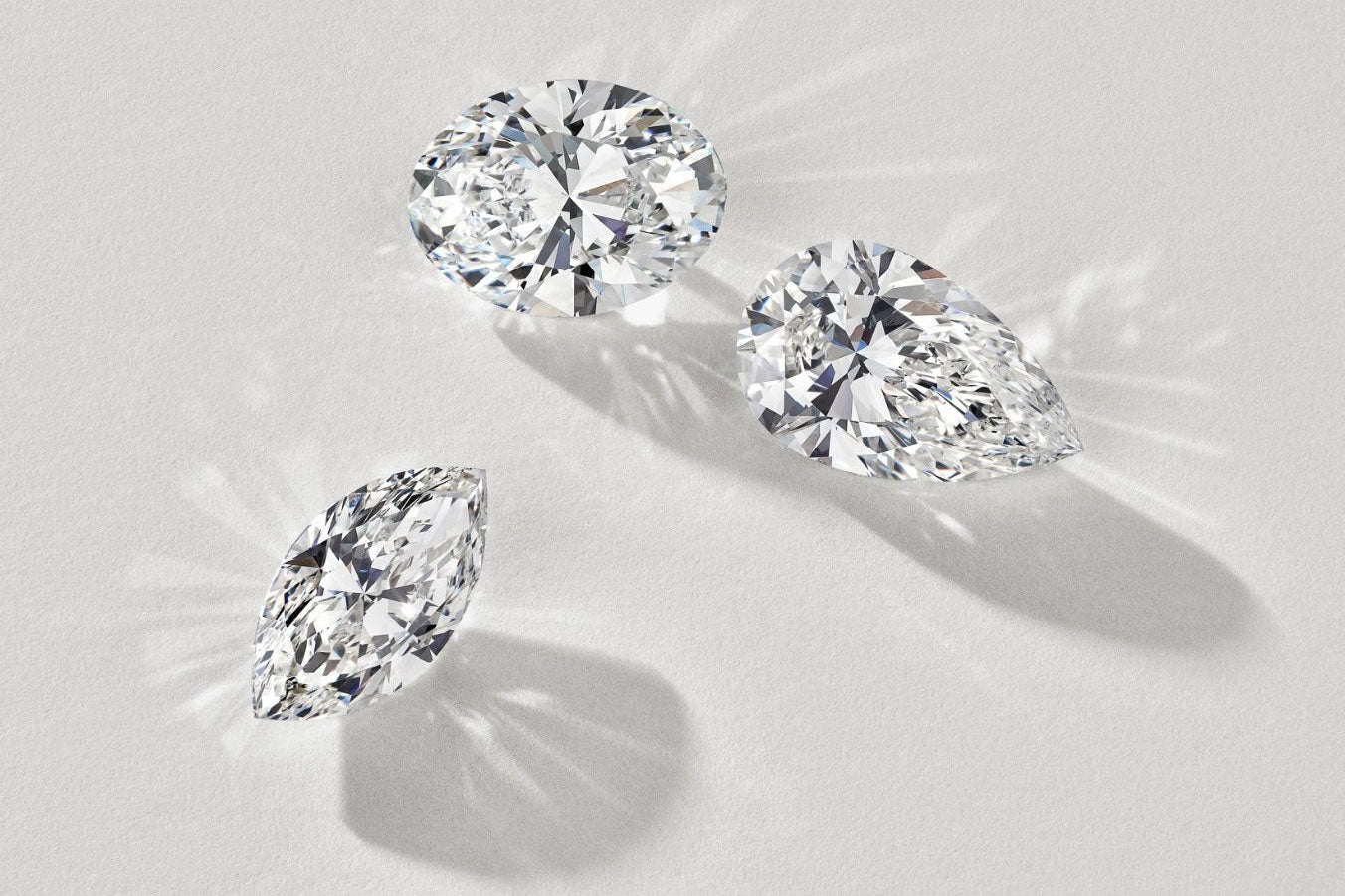
Diamond Cut
Diamond cut refers to the precision and quality of a diamond’s facets - the tiny, flat surfaces on its surface - and how they are shaped, proportioned, and polished. It is one of four key factors, known as the 4Cs.
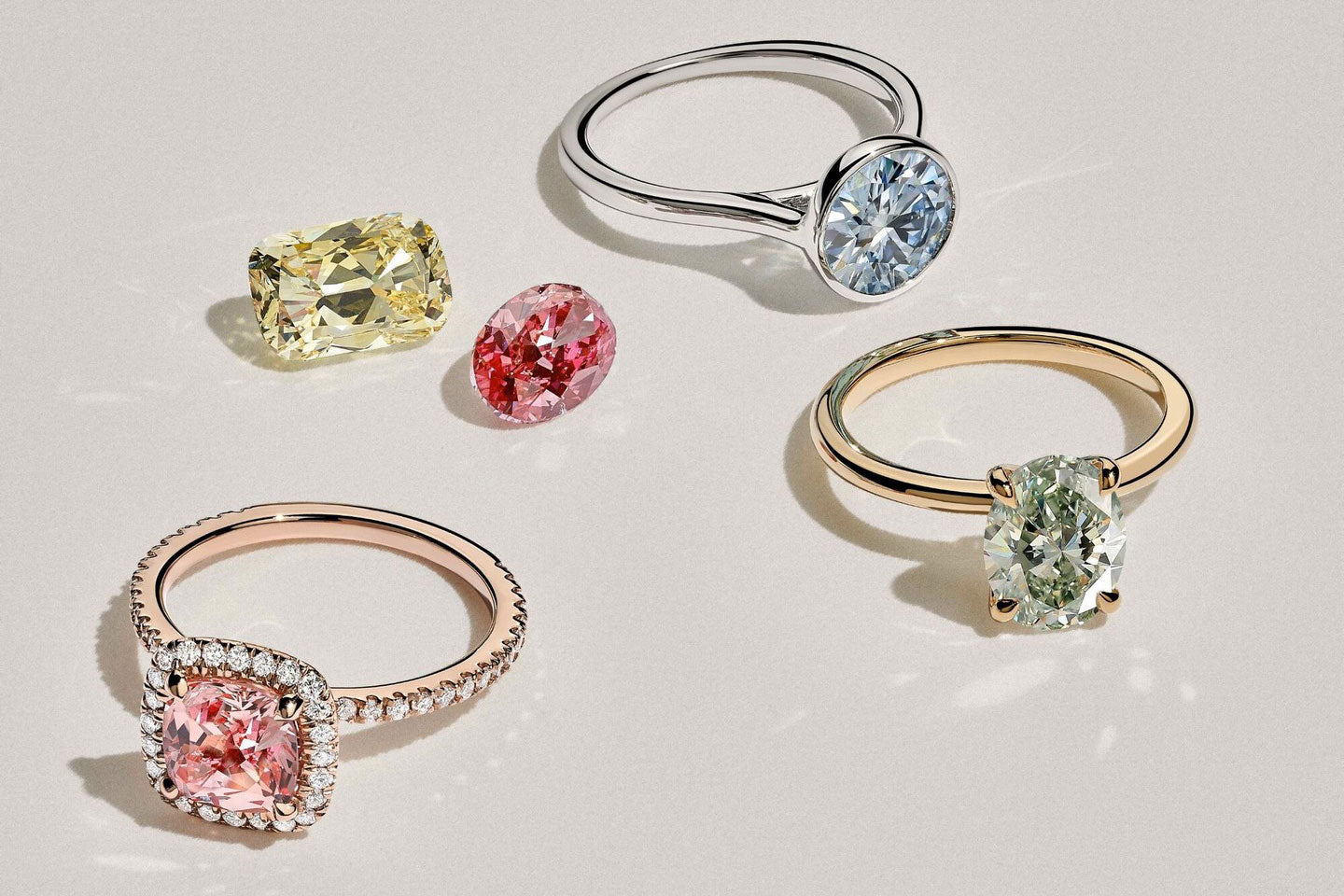
Diamond Color
Diamonds have long been a symbol of love, luxury, and status, and understanding the factors that influence their beauty and value is essential for anyone considering a diamond purchase.
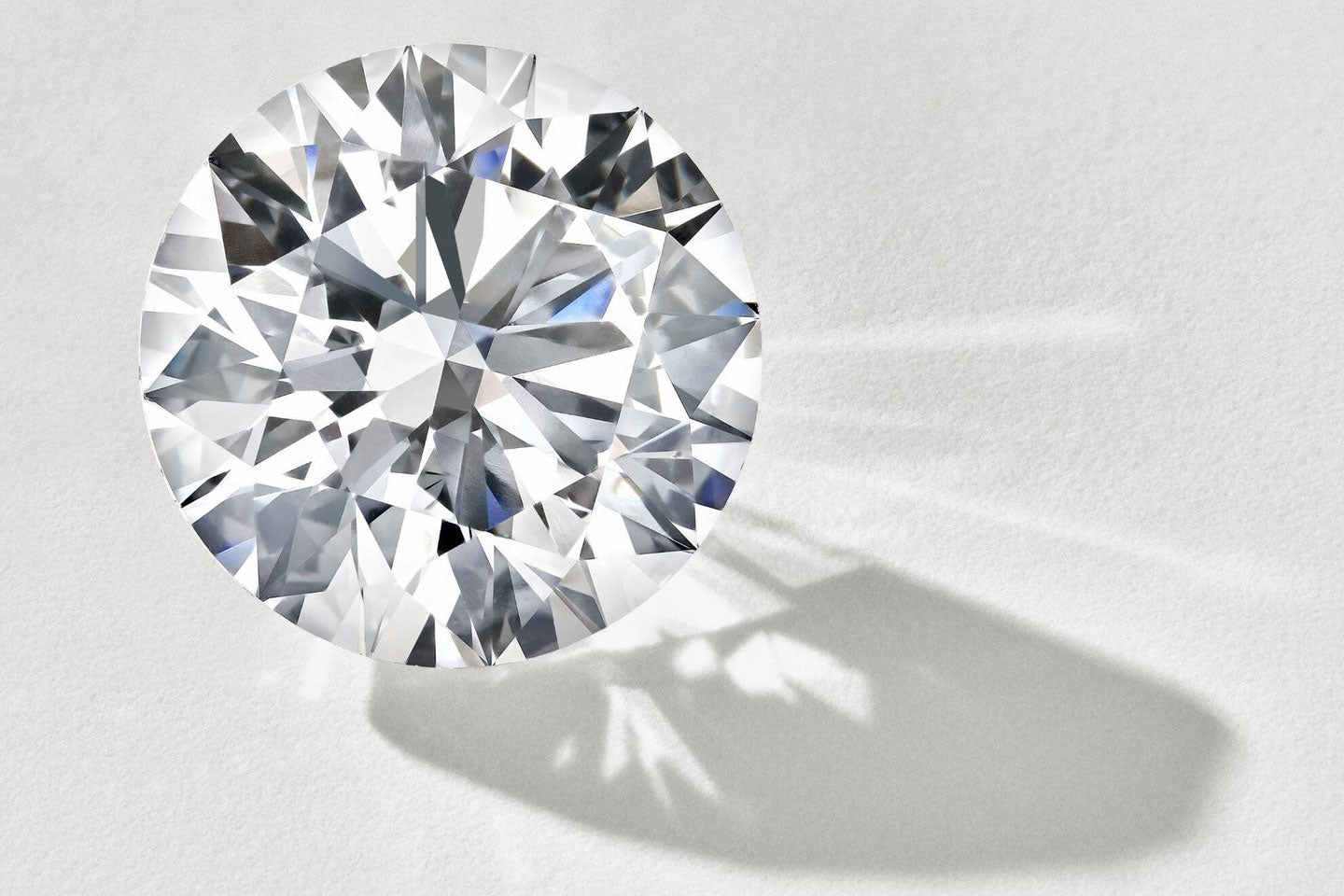
Diamond Clarity
Explore diamond clarity grade and how it will influence the overall appearance of your diamond engagement ring.
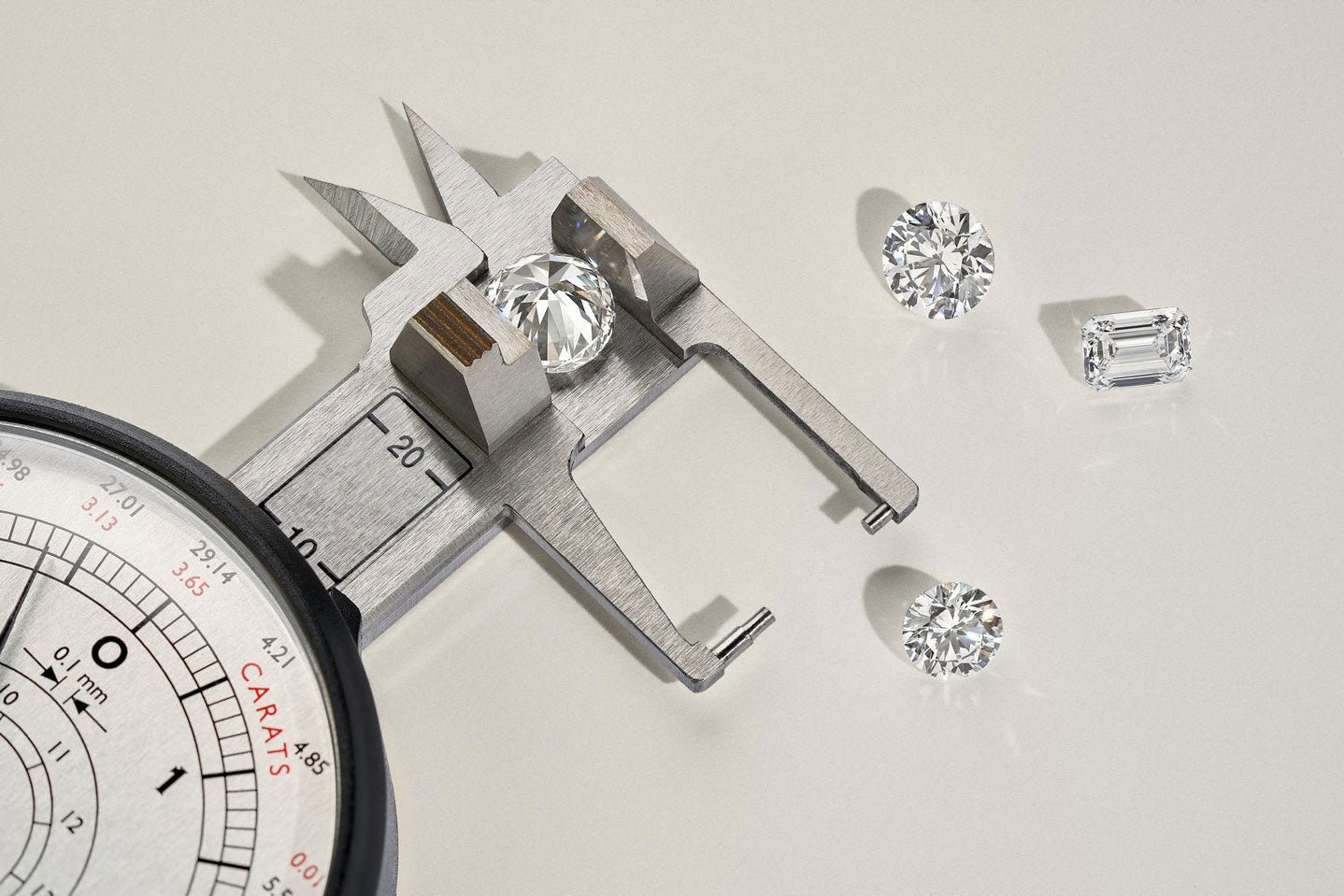
Diamond Carat
A deep dive into how much is a moissanite ring by carat size, factors affecting its value, and tips for selecting the right size for your style and budget.

